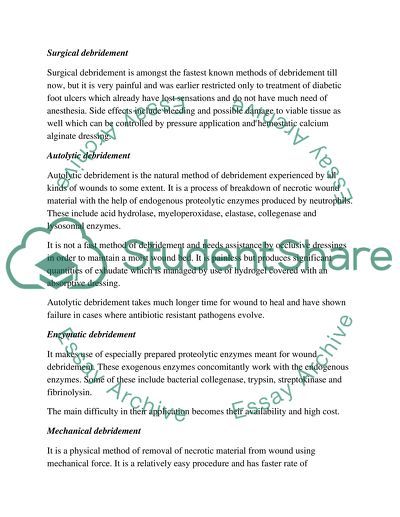Cite this document
(“The literature review: the use of maggot therapy for the treatment of review - 1”, n.d.)
Retrieved from https://studentshare.org/nursing/1621188-the-literature-review-the-use-of-maggot-therapy-for-the-treatment-of-chronic-wounds
Retrieved from https://studentshare.org/nursing/1621188-the-literature-review-the-use-of-maggot-therapy-for-the-treatment-of-chronic-wounds
(The Literature Review: The Use of Maggot Therapy for the Treatment of Review - 1)
https://studentshare.org/nursing/1621188-the-literature-review-the-use-of-maggot-therapy-for-the-treatment-of-chronic-wounds.
https://studentshare.org/nursing/1621188-the-literature-review-the-use-of-maggot-therapy-for-the-treatment-of-chronic-wounds.
“The Literature Review: The Use of Maggot Therapy for the Treatment of Review - 1”, n.d. https://studentshare.org/nursing/1621188-the-literature-review-the-use-of-maggot-therapy-for-the-treatment-of-chronic-wounds.


